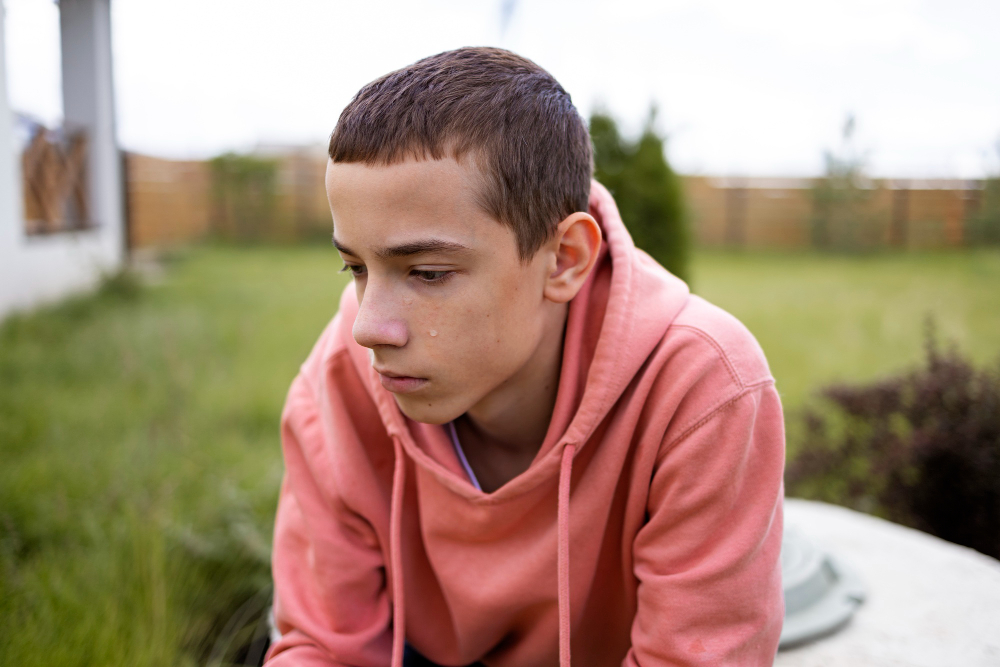How BC schools displace institutional failure through subtle, systemic scapegoating.
The design behind the blame
Scapegoats are selected, not discovered. That is the chilling truth behind Dillbary and Miceli’s analysis of collective punishment, which argues that systems preserve internal cohesion by assigning blame to someone whose difference makes that blame feel both tolerable and narratively satisfying.
In the British Columbia public school system, scapegoating functions not as anomaly but as design. It offers a tidy emotional resolution: if one person is to blame, then no one else has to change. The school appears orderly again. The conflict is resolved. But it is the kind of resolution that maims children and families.
-
Debility versus disability: what the system cannot acknowledge
My son Robin took to bed two weeks before March break. He had been…
The signs of scapegoating
The following signs may help families recognise when their child—or they themselves—are being cast as the problem, not because they have caused harm, but because their presence interrupts the group’s illusion of functionality.
1. You speak clearly—and they call it aggressive
When precise language is met with defensiveness, and neutral documentation is reframed as antagonism, it signals that the real issue is your ability to name what others want left vague. Clarity threatens bureaucratic ambiguity. Procedural fluency threatens social hierarchy. In this inversion, the more effective your advocacy, the more likely you are to be framed as hostile.
See:
2. The group bonds after your departure
You are told—explicitly or implicitly—that things “went smoother” once you or your child were no longer present. This is how systems re-establish emotional order: by ejecting the person whose distress disrupted the ritual. The group restores its camaraderie through the shared belief that you were the source of discomfort, rather than the one who illuminated it.
See:
- Grievability and legitimacy
- Maternal grief, public ritual, and the refusal to behave at the IEP table
3. You are excluded from process under the guise of neutrality
You are no longer cc’d, invited, or consulted—yet the decision-making continues. This invisibilisation is framed as fairness, professionalism, or efficiency, but it signals a social expulsion wrapped in procedural language. The system has redefined you as a source of liability and rewritten the process to exclude your voice.
See:
- Vancouver School Board’s Urgent Intervention Program – purpose, process, and controversy
- Rot at the root: Why POPARD must be dismantled from the top down
4. Others begin to reference your tone instead of your content
The conversation shifts from what you said to how you said it. You are described as too intense, too emotional, too rigid—because your clarity disrupts the affective economy of staff solidarity. The group does not have the capacity to metabolise your grief or precision, so it interprets both as threat.
See:
5. Your child is punished for showing distress
When your child’s breakdown is framed as a behavioural problem rather than a relational signal of unmet need, the school casts their visibility as disruption—and treats removal as restoration. The institution treats emotional expression as disobedience and exclusion as resolution. The group reclaims peace by ejecting the mirror.
See
- She graduated and this is what she learned
- Looking in the mirror is hard: maternal rage and institutional cowardice
6. You are accused of creating the very conflict you tried to prevent
The cycle of provocation, refusal, delay, and non-response culminates in blaming the parent for escalating—when in fact, the escalation is the system’s response to being held accountable. You are told that your language caused tension, your advocacy sowed confusion, your insistence ruined trust. But the harm was already there—you simply named it.
See:
- Epistemic silencing of disabled children’s primary caregivers
- Parenting through gaslighting and grief
7. You are asked to stay quiet “for the good of the team”
You are told, directly or indirectly, that voicing your concern damages morale, creates tension, or reflects poorly on your child. The implied message is: unity matters more than justice. By asking you to sacrifice truth for harmony, the system reveals its priority—cohesion over correction, loyalty over honesty.
See:
You were never the problem
The system needed a scapegoat, and you were too visible, too honest, too clear. As Dillbary and Miceli argue, scapegoats are chosen to preserve group comfort, but their suffering is real—and preventable. In British Columbia public schools, this dynamic plays out through IEP processes, team meetings, and appeals systems that subtly but persistently shift blame away from collective failure and onto the most perceptive voice in the room.
You were not too much. You were the truth-teller. And that was the danger.
-
Collective punishment: how schools displace guilt, erase harm, and preserve the collective
One of the things that was so traumatising about the collective punishment that was callously perpetrated against my daughter was the light and evasive tone of the…









